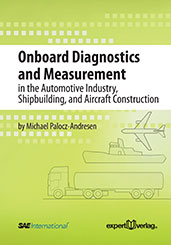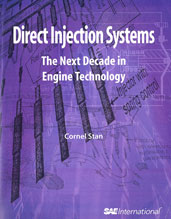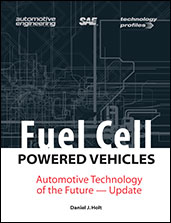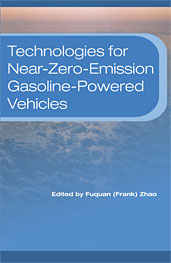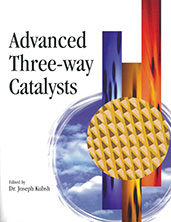Book
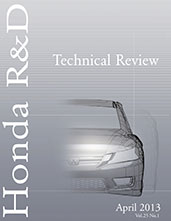
Honda R&D Technical Review: April 2013
2013-04-01
Honda's April 2013 R&D Technical Review features cutting-edge developments from Honda's worldwide R&D teams. This edition brings 15 original papers on the introduction of new technologies, and includes 11 additional of the company's best technical papers published since October 2012. They cover advancements in the following areas: • Low-engine-speed self- ignition, • Improvements of durability for lean, • NOx reduction behavior on Iron Ion-exchanged Zeolite Catalyst for ULEV 50 • Projected texture stereo vision in sunlight • Development of Battery System for EV • Development of Battery Traceability System for EV • Introduction of Solar Hydrogen Station Installed in Japan • Development of Electric Servo Brake System
